
Ground Control Stations (GCS) are hardware and software that allows UAV unmanned systems, unmanned surface vehicles (USVs) and unmanned ground vehicles (UGVs) to be operated from a remote location and to communicate with and control. This can be either through setting parameters for autonomous operation or by allowing direct control of the Unmanned Vehicle.
The ground control stations (GCSs) often are located in or near the operating zones or battlefield zones and are can also be at separate controlled bases. The amazing feats they perform are controlled and monitored from sophisticated ground control stations sometimes thousands of miles away from where the aircraft is flying.
Unmanned Vehicles are a huge advantage, they are critical to providing surveillance, reconnaissance, and precision strike capability. An ever present eye be it Sky or Ground, Unmanned Vehicles are growing in the battlefield as well as domestically for use by law enforcement, weather monitoring, and by NASA for research.
How does a GCS Work
A ground control station is based around a processing unit, which may be computer with a high-performance processor, or a bespoke system based on an embedded computing platform.
 A wireless data link subsystem provides remote communication with the Unmanned Vehicle. Telemetry data, commands, and sensor data such as video, images and measurements may all need to be transferred between the Unmanned Vehicle and the GCS. Communication methods include analogue and digital radio and cellular communications, with operational ranges extending to the hundreds of kilometres.
A wireless data link subsystem provides remote communication with the Unmanned Vehicle. Telemetry data, commands, and sensor data such as video, images and measurements may all need to be transferred between the Unmanned Vehicle and the GCS. Communication methods include analogue and digital radio and cellular communications, with operational ranges extending to the hundreds of kilometres.
The GCS will have one or more screens that may feature high-brightness or anti-glare construction for easier operation in bright daylight. The GCS GUI may display map screens, instrument overlays, camera payload feeds, flight parameters and a variety of other information.The wireless data link will communicate with a control module on the Unmanned Vehicle that will adjust the rotors, throttle and Control systems built into the GCS may include joysticks for aircraft and/or payload, throttle controllers, as well as keyboard and mouse.
Ground control stations as a Network Hub
The ground control station has a central role in UAVs, The GCS acts as the hub for the intelligence, surveillance, and reconnaissance (ISR) data generated by the unmanned aircraft’s payload.
Video and other data generated by the sensors is downloaded via data links to the GCS and then that information -- in near real-time -- is disseminated to troops in the field, other agencies, etc.,. These same groups can also send information to the GCS for upload to the aircraft -- for example to provide the Unmanned Vehicles specific coordinates or make a strike on a new target..
A typical ground control station has two consoles -- one for the aircraft operator and one for the payload operator. The pilot can completely control the aircraft without a joystick, he can command changes to the UV by using a mouse and keyboard since the onboard computers are actually manipulating the control surfaces. Mission plans are pre-loaded, so it is conceivable that the aircraft operator can just sit back and monitor his moving map display without interrupting the mission.
However, it is rare that happens, as no mission can be completely predicted. The level of autonomy or pilot interaction typically is dictated on a mission to mission basis. He notes that most often UAV operators are former or current pilots so that they are trained on air traffic control operations and flight dynamics.
The pilot generally operates off of two mission displays -- normal pilot cockpit display and a route or map display. He also has at least two other monitors up and running displaying multiple chat rooms. The sensor operator has two displays also -- one showing sensor status and the other showing route of flight just like the pilot, also two more monitors for chat rooms.”
A General Ground Control Station has a pilot/Unmanned Vehicle Operator and a payload operator, who handles all the intelligence coming from the ISR sensors, electro-optics and Lynx synthetic aperture radar (SAR), and who interfaces with others on the battlefield network. This gives the pilot and payload operator situational awareness. The GCS operators also use high-definition displays.
Payload control
 In the past the payload operator would be trained to handle the basics of the computer system and forward incoming intelligence from the Unmanned Vehicles to the intelligence analysts, command centers, troops in the field for analysis. Now there is a trend to have the payload operator be trained as an intelligence analyst, so that if he sees something crucial that needs to be exploited immediately and “alert troops in the field as well as analysis centers for time sensitive targeting saving time.
In the past the payload operator would be trained to handle the basics of the computer system and forward incoming intelligence from the Unmanned Vehicles to the intelligence analysts, command centers, troops in the field for analysis. Now there is a trend to have the payload operator be trained as an intelligence analyst, so that if he sees something crucial that needs to be exploited immediately and “alert troops in the field as well as analysis centers for time sensitive targeting saving time.
The payload operator communicates with others in the network through an online chat room, similar to the instant messaging services many consumers have on their home computers.
For example the UV’s electro-optics may be tracking a terrorist or other target through Kabul and this person may come in contact with a red vehicle or other object that other agencies may have been tracking, so the operator passes it along to others in the chat room such as the air operations center (AOC) for possible exploitation in other missions, he continues.
These images and sensor data will be disseminated by the payload operator to a wide area network (WAN) and intelligence analysts in some sector or agency might recognize a person of interest or other target as data they may have been looking for in a separate independent mission, Ames says.
It is a form of distributed situational awareness -- improving the battlefield picture for the UAV operators, troops on the ground, intelligence analysts, etc. -- and in near real-time, Ames says.
The Advanced Multi-channel Radar (AMR), the latest SAR system, provides information on dismounted targets to GCS operators and the battlefield network.
The ability to detect and track dismounts and slow moving vehicles over large areas and to cross-cue the on-board video sensor to areas of interest is an emerging military and civilian surveillance requirement.
The constant flow of intelligence from long-endurance UAVs enables the operators to feed it to analysts, agencies around the world in near real-time.
The Ground Control Station onboard ship
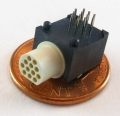 The Fire Scout unmanned helicopter from Northrop Grumman Aerospace Systems in San Diego, Calif., has control stations based on the ground and aboard ship
The Fire Scout unmanned helicopter from Northrop Grumman Aerospace Systems in San Diego, Calif., has control stations based on the ground and aboard ship
The main difference between the ground stations and those aboard ship is that the shipboard control is plugged into the ship’s communication network while the ground control station uses a Northrop Grumman communication system. Fire Scout’s shipboard control station is housed in a room where the separate target illumination radar (STIR) was located and communicates directly with the ship’s air traffic control via the internal communications system, while the ground segment uses a radio to communicate with air traffic control.
The Fire Scout payload operator controls the different functions of the sensors such as a laser range finder and communicates the intelligence through the ship via radio communication and other communication systems with ground forces, Navy ships, and the Coast Guard, Roberts says.
The most difficult task in flying an autonomous, unmanned helicopter at sea is landing the aircraft on a windy day aboard a moving target, Roberts says. At the end of its mission it will hover behind the ship, wait for a signal from the ship to land and use its instruments to determine the speed of the ship and its pitch/roll and position in the water to make a proper deck landing, he adds.
Fire Scout uses a system called the UAV common automatic recovery system (UCARS) that shoots “harpoons” into holes on a 7-foot diameter location on the deck, he continues. Once the harpoons are engaged and the deck sensors pick up the weight of the aircraft, crew members come out and chain it down. The entire landing is monitored from the control station in case any of the steps for landing -- harpoon or weight sensors -- malfunction, the landing can be aborted, Roberts says.
COTS integration on the Fire Scout control station
The Fire Scout control station uses COTS electronics in the control stations, Roberts says. For the control computer they use a Themis Computer RES-32 system running Sun Microsystems’ Solaris operating system, he adds.
The Themis RES-32s comes in a three rack unit chassis uses the Sun Microsystems 1.28GHz UltraSPARC IIIi processor ad have a XVR-1200 high performance graphics card, enabling 3-D graphics performance, Themis officials say. The RES-32s can be easily expanded through the addition of Sun or other commercially available, off the shelf networking cards, I/O, peripherals and other value-added, company officials say.
Human Factors
 The operators have a lot of input when it comes to designing the next-generation control stations. Larger screen Display -- the aircraft operator and mission payload operator each have two screens, a large 16 by 9 screen aspect ratio high-resolution display.
The operators have a lot of input when it comes to designing the next-generation control stations. Larger screen Display -- the aircraft operator and mission payload operator each have two screens, a large 16 by 9 screen aspect ratio high-resolution display.
Man-portable Unmanned Vehicle control stations
Controllers for small, man-portable UVs are simple, easy to use systems that go from a system packed in a rucksack on the warfighter’s back to an operable system in five minutes.
When the bullets are flying around, operators need the system to be simple to easy to and the data easily understood. The operators of these units do not need pilot training, they are part of small units of Special Forces operators or Marines where everyone in the unit is cross-trained.
One operator controls the Unmanned Vehicle with a controller unit that consists of a display streaming video from the cameras and knobs/dials for controlling the aircraft, Newbern says. Another operator uses the laptop to gather the intelligence data downloaded from the aircraft for analysis and dissemination to other nodes in the battlefield network, he adds.
The whole ground control system (GCS) can be carried in the war fighter's ruck sack. The GCS without the laptop is just under 8 pounds.
Conceivably it could be operated by one person, but two operators is the preferred approach. The GCS can also be embedded in remote locations as a command center that monitors provides the same payload monitoring capabilities of operators in the field.
The ground control station market is projected to grow from an estimated USD 2.91 Billion in 2017 to USD 5.25 Billion by 2022, at a CAGR 12.54% from 2017 to 2022.
With the increase in the demand for unmanned systems in military and commercial sectors, the demand for ground control stations is expected to rise. The growing need for border surveillance is also going to boost the market further. It is expected that GCS services will be one of the major factor driving the market for military GCS as majority of the GCS are larger in size and require regular maintenance due to the harsh environments they operate in. On the other hand, the consolidation of ground control stations to control multiple unmanned vehicles acts as one of the major restraints for the ground control station market.
Based on system, the software segment is estimated to grow at a higher during the forecast period. The software segment includes software which are used by GCS to operate unmanned systems and their payloads. With the increasing application of unmanned systems, the demand for added functionality will also rise, which is expected to drive the GCS market. Based on services, the integration segment is estimated to dominate the ground control station market in 2017. This dominance is mainly attributed to the demand for adding new functionality owing to the increasing application of drones and rapid evolvement of modular systems.





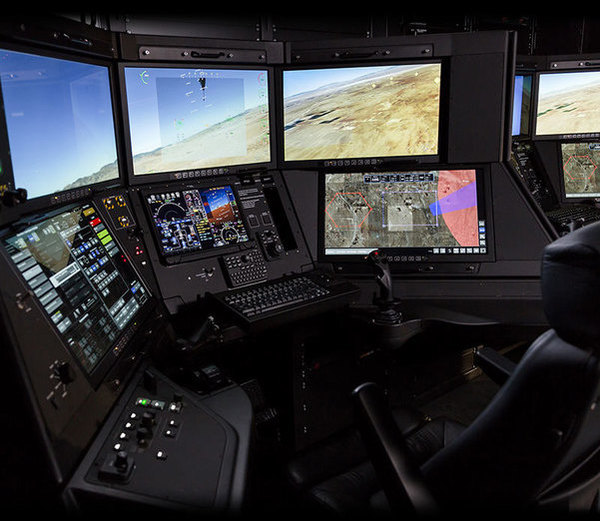
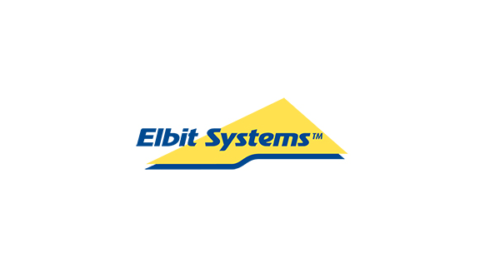

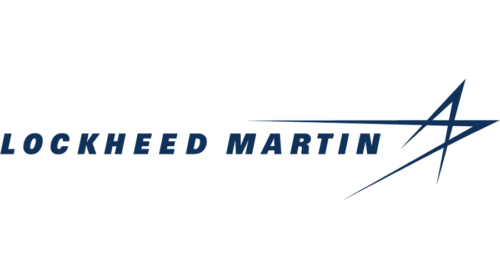
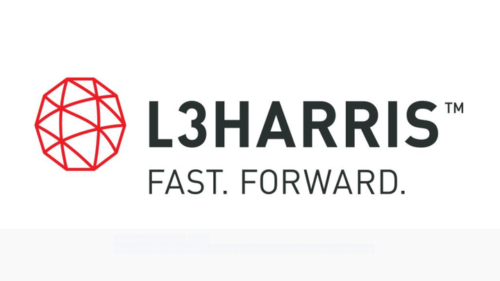
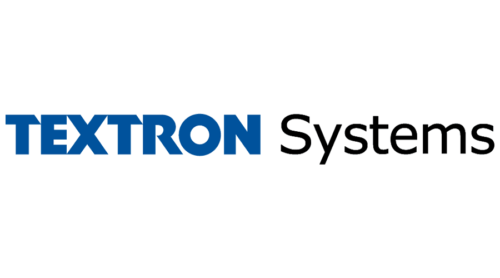
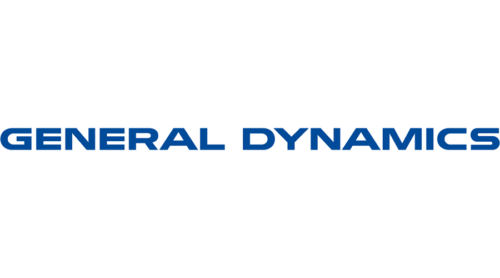
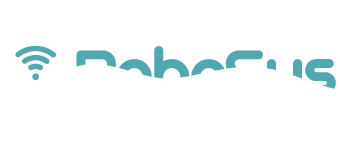
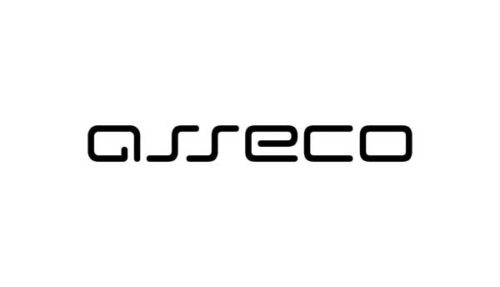
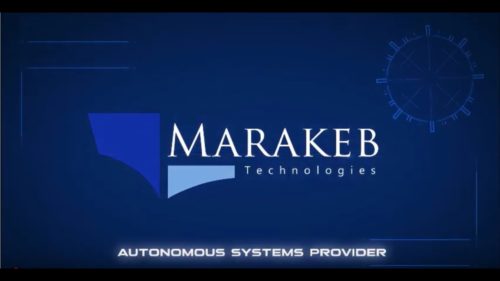
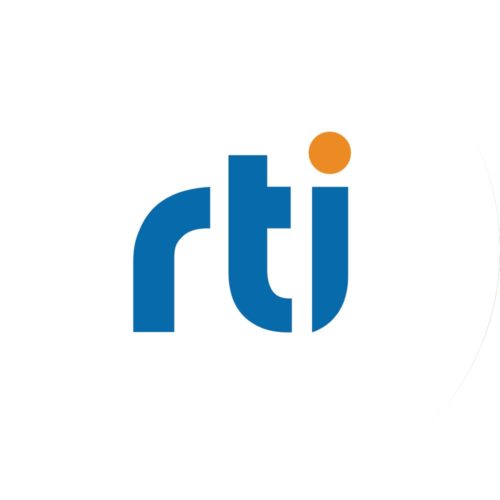

Leave a Reply